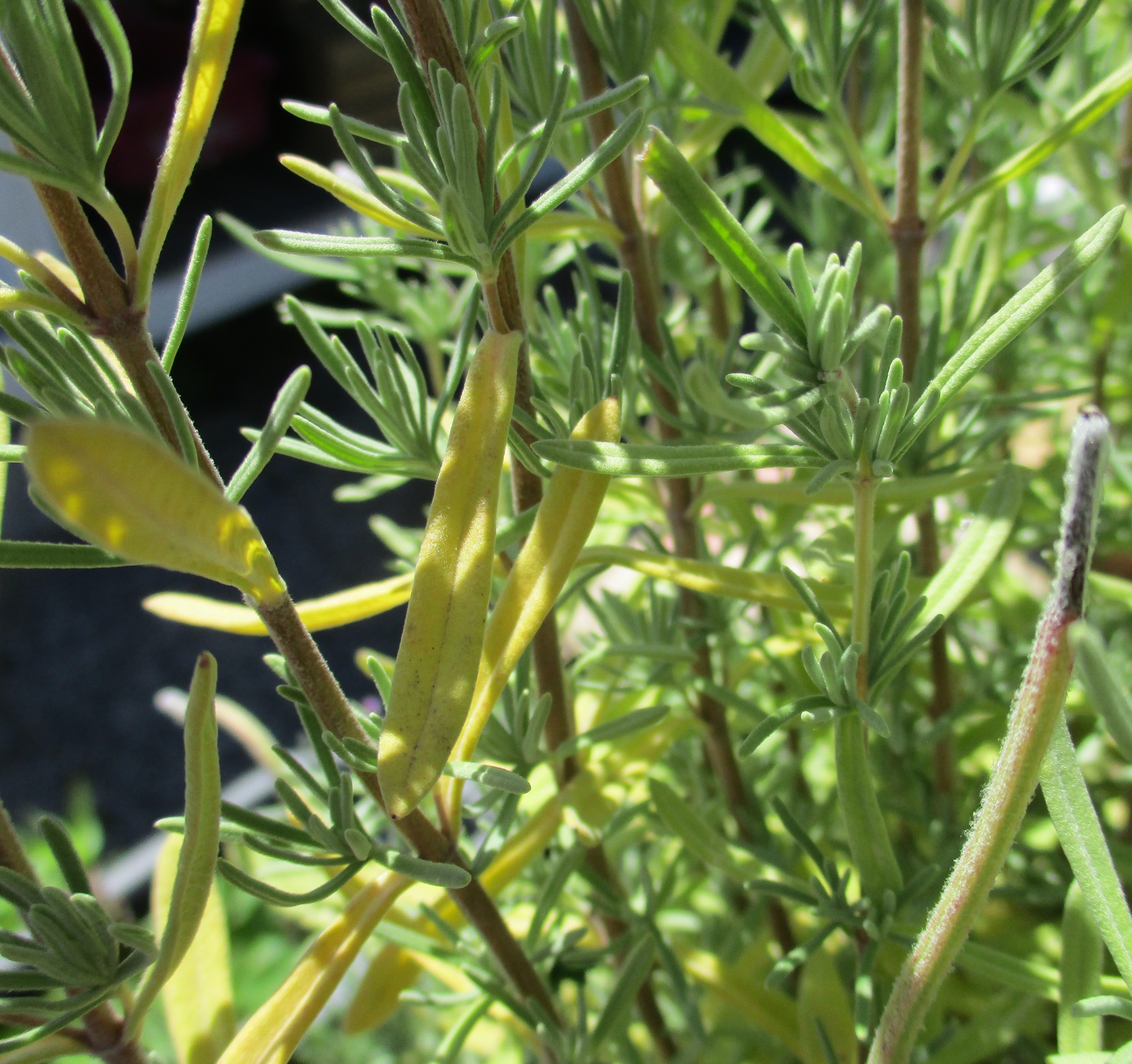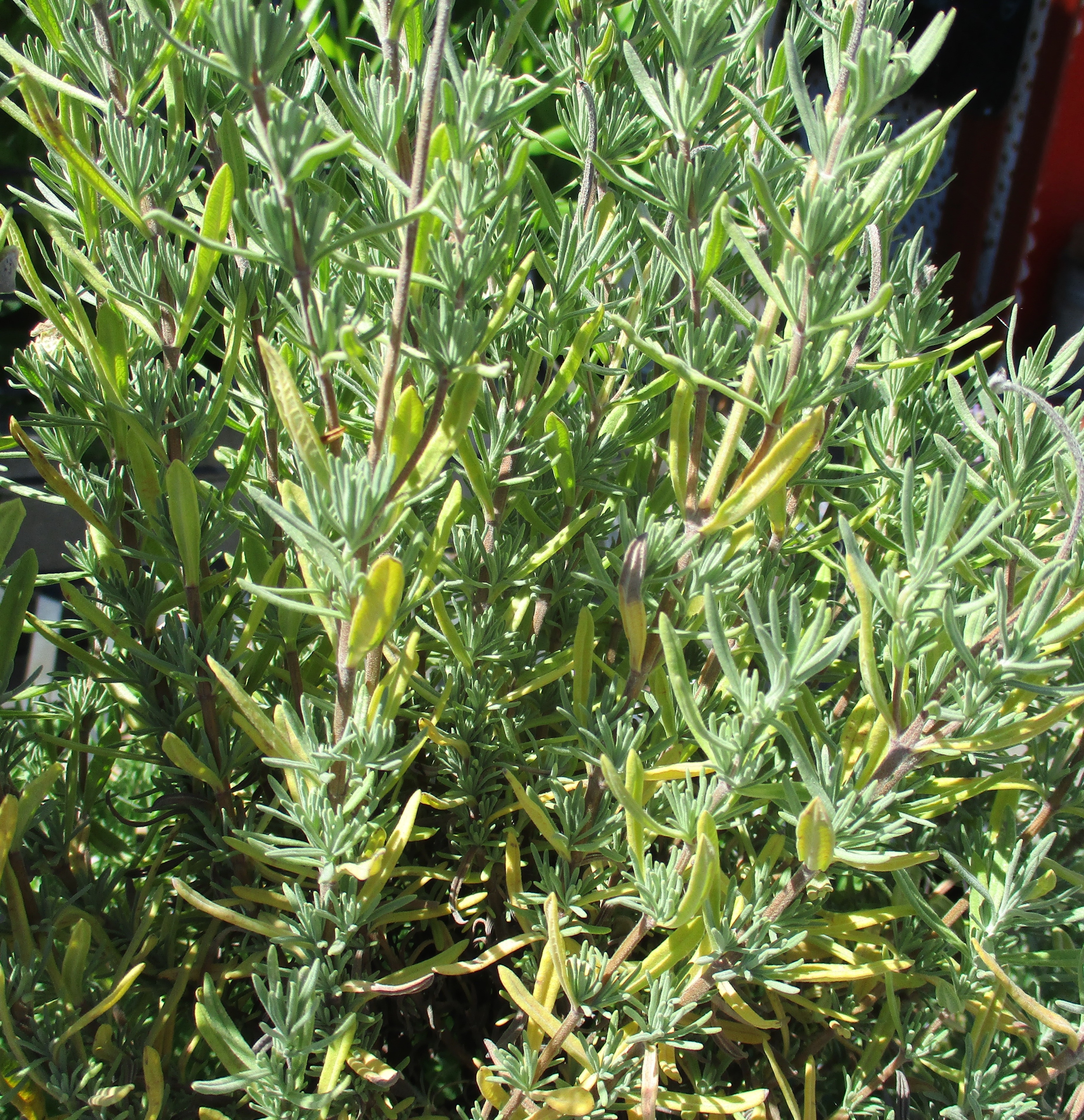Lavender in Southeastern NC
go.ncsu.edu/readext?804936
en Español / em Português
El inglés es el idioma de control de esta página. En la medida en que haya algún conflicto entre la traducción al inglés y la traducción, el inglés prevalece.
Al hacer clic en el enlace de traducción se activa un servicio de traducción gratuito para convertir la página al español. Al igual que con cualquier traducción por Internet, la conversión no es sensible al contexto y puede que no traduzca el texto en su significado original. NC State Extension no garantiza la exactitud del texto traducido. Por favor, tenga en cuenta que algunas aplicaciones y/o servicios pueden no funcionar como se espera cuando se traducen.
Português
Inglês é o idioma de controle desta página. Na medida que haja algum conflito entre o texto original em Inglês e a tradução, o Inglês prevalece.
Ao clicar no link de tradução, um serviço gratuito de tradução será ativado para converter a página para o Português. Como em qualquer tradução pela internet, a conversão não é sensivel ao contexto e pode não ocorrer a tradução para o significado orginal. O serviço de Extensão da Carolina do Norte (NC State Extension) não garante a exatidão do texto traduzido. Por favor, observe que algumas funções ou serviços podem não funcionar como esperado após a tradução.
English
English is the controlling language of this page. To the extent there is any conflict between the English text and the translation, English controls.
Clicking on the translation link activates a free translation service to convert the page to Spanish. As with any Internet translation, the conversion is not context-sensitive and may not translate the text to its original meaning. NC State Extension does not guarantee the accuracy of the translated text. Please note that some applications and/or services may not function as expected when translated.
Collapse ▲
Lavandula stoechis ‘Anouk’ growing at the Veteran’s Employment Base Camp and Organic Garden in
New Bern on June 18. The yellow leaves had raised concerns about disease, heat stress or other problems.

However, the yellow leaves are primarily towards the interior of the plant, and away from the newest
current season’s growth. Given the known heat tolerance of Lavandula stoechis, this is very
likely seasonal yellowing and dropping of the oldest foliage. There might be a need for nitrogen
fertilizer, but it’s very important not to overapply with lavender. Use only a very light amount of
slow-release fertilizer in the spring, or add a very light topdressing of fully composted organic material.




